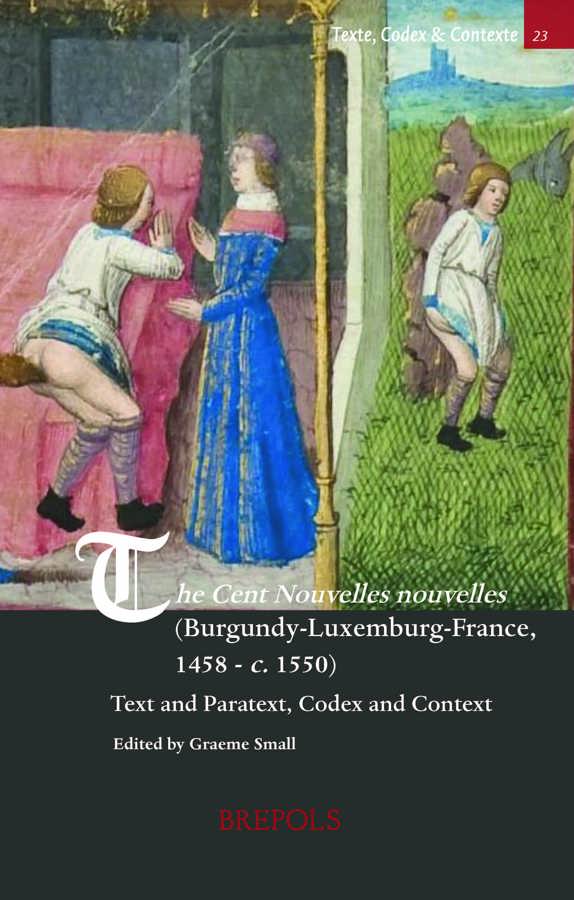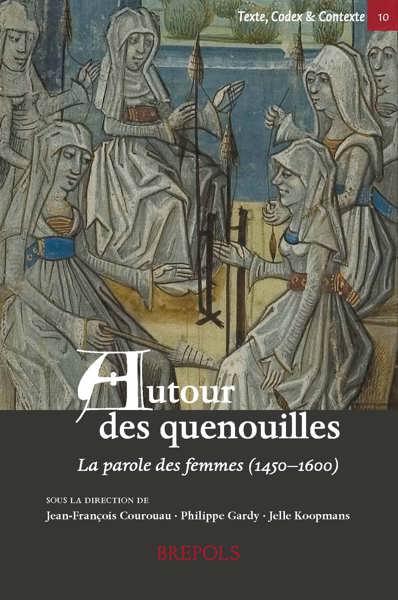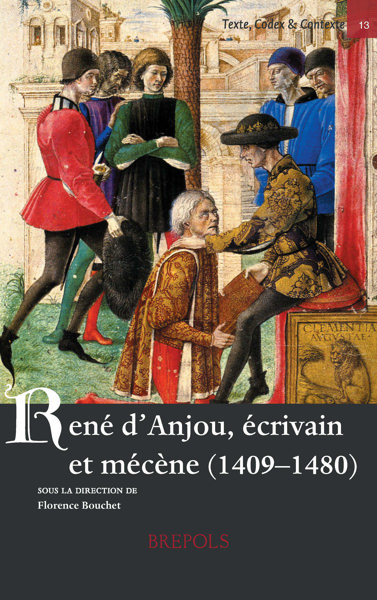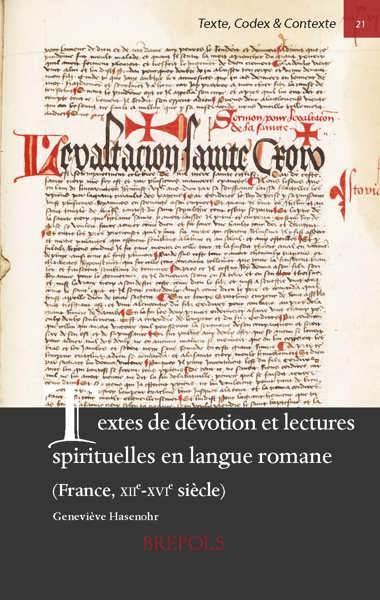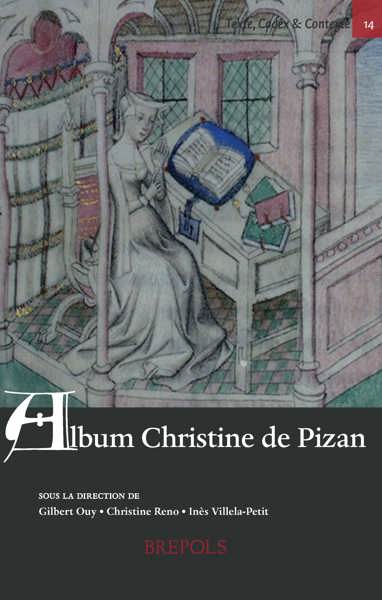
The Cent Nouvelles nouvelles (Burgundy-Luxembourg-France, 1458 - c. 1550)
Text and Paratext, Codex and Context
Graeme Small (ed)
- Pages: 309 p.
- Size:156 x 234 mm
- Illustrations:21 b/w, 17 col., 4 tables b/w., 1 maps b/w
- Language(s):English
- Publication Year:2023
- € 104,00 EXCL. VAT RETAIL PRICE
- ISBN: 978-2-503-58599-4
- Hardback
- Available
- € 104,00 EXCL. VAT RETAIL PRICE
- ISBN: 978-2-503-58600-7
- E-book
- Available
New insights through interdisciplinary research into the social context and reception of the Cent Nouvelles nouvelles, fifteenth-century Burgundy’s answer to the Decameron.
“Overall, though, the book offers a wealth of new and interesting information that expands our understanding of the text and material objects being scrutinized and that can likely be extrapolated to the study of other late medieval French works (…) the chapters in this volume provide a significant contribution to the study of the Cent Nouvelles nouvelles which, if not measurably impactful until the sixteenth century, nevertheless offers important points of comparison for other mid-century literary confections. It will undoubtedly prove useful to experienced researchers and graduate students alike.” (S. C. Kaplan, in The Medieval Review, 16/01/2024)
“This interesting and informative collection of essays examines the Cent Nouvelles nouvelles in its social and historical context, addressing its survival in one late-fifteenth-century manuscript and numerous early print versions, its original connection to the Burgundian court and later shift towards the French royal court, and the vexed question of why – and with what degree of veracity or plausibility – the tales are attributed to specific courtiers who supposedly presented them orally in some unspecified setting or settings.” (S.H., in Medium Ævum, XCII/2, 2023, p. 424)
"As usual for Brepols’s Texte, codex et contexte series, the overall quality is excellent, and the volume is a very pleasant and informative read." (Nelly Labère, in Speculum, 100/1, 2025, p. 287)
« Attendu depuis longtemps, ce volume réunit des contributions fondamentales autour du manuscrit unique qui transmet les Cent nouvelles nouvelles abordé dans sa globalité: en tant qu’objet matériel, historique, littéraire et linguistique. (...) Loin de proposer la somme de dix contributions isolées, ce volume constitue en effet une véritable monographie à plusieurs voix, comme le montrent les renvois internes et surtout le fait que chaque article se nourrit des acquis des autres. » (Maria Colombo Timelli, dans Studi Francesi, 204, p. 590-591)
Graeme Small is an historian of France and the Burgundian Low Countries in the late medieval and early modern periods.
A collaborative investigation of one of the best-known works of late medieval European literature, the Franco-Burgundian collection of short stories known as the Cent Nouvelles nouvelles. Modelled loosely on Boccaccio’s Decameron and incorporating elements from Old French fabliaux as well as Poggio Bracciolini’s Liber Facetiarum, the anonymous collection attributes its morally challenging and frequently humorous tales to named narrators including Philip the Good, Duke of Burgundy and Louis of Luxembourg, Count of Saint Pol.
The contribution of this new volume of essays is threefold: - empirical, in that it brings entirely new interdisciplinary insights into the study of the genesis and reception of the work; - methodological, in that it integrates study of the text within a 360-degree evaluation of the work’s manuscript and early printed context; and - conceptual, in that it seeks to understand the social dimensions of textual production and consumption.
These approaches unite ten principal contributions by specialists in the fields of art history, book history, court history and linguistics from France, the Netherlands, the USA and the UK.
Introduction
Graeme Small
Part I - The manuscript witness
Chapter 1. Les Cent Nouvelles nouvelles. The physical fabric of the fables
Richard Gameson
Chapter 2. MS Hunter 252: precursors, date and patronage
Hanno Wijsman
Part II - Reception in manuscript and print
Chapter 3. Printing the Cent Nouvelles nouvelles. Anthoine Vérard’s 1486 edition and its sixteenth-century successors
Mary Beth Winn
Chapter 4. Opening and closing the Cent Nouvelles nouvelles. Paratext, context and reception, 1469- c. 1550
Graeme Small
Part III - Reading text and image in manuscript form
Chapter 5. Storytelling through architecture. The miniatures of the Cent Nouvelles nouvelles
Maud Perez-Simon
Chapter 6. Narratological readings of the Cent Nouvelles nouvelles (CNN3, 21, 27). Text and image in MS Hunter 252
Alexandra Velissariou †
Part IV - The text as a site of language use
Chapter 7. Toward a scriptology of Middle French. The case of MS Hunter 252
Geoffrey Roger
Chapter 8. Stylistic implications of linguistic archaism and contemporaneity in MS Hunter 252
Peter V. Davies †
Part V - Archives in the fiction
Chapter 9. Locating storytelling in time and space (Hainaut-Brussels, 1458-59). A Decameronian moment
Edgar de Blieck & Graeme Small
Chapter 10. Tales from the chamber. The Cent Nouvelles nouvelles between Burgundy and Luxembourg
Graeme Small
Conclusions
Graeme Small

